Tesla CEO Releases Official Rebuttal to NY Times Story

Tesla spokeswoman Shanna Hendriks’ world turned upside down on Monday after CEO Elon Musk issued a stiff rebuke over an article in the New York Times he called fake.
Shortly after the controversy began, the paper responded, saying “any suggestion that the account was ‘fake’ is, of course, flatly untrue.” But Musk wasn’t finished. At the height of his heated Twitter salvo, he vowed to reveal the details behind the article. Tesla turns data logging on for all media drives after Top Gear’s “BS” report on the Roadster. Musk’s official response is now available, days after the initial flare-up.
In a blog post released late Wednesday, Musk attacks several points from the story in question. One of several issues is that John Broder, the story’s author, reported setting cruise control at 54 mph. According to charts released in the blog cruise control was actually set at 60 mph.
SEE ALSO: Elon Musk Calls NY Times Piece on Tesla Model S a ‘Fake’
Another chart from Tesla shows Broder increasing cabin temperature while reporting that he decreased it.
But perhaps the most concerning part of what the data log reveals is that Broder seems to have misrepresented how far the car actually travelled and how long he spent charging the car. The car’s log shows it actually exceeded its stated range rather than falling short as he reported.
Musks blog suggests that Broder carried a vendetta against electric cars.
“We were played for a fool and as a result, let down the cause of electric vehicles. For that, I am deeply sorry,” Musk wrote.
GALLERY: Tesla Model S Data Log
Discuss this story at GasStinks.com

Luke is an energetic automotive journalist who spends his time covering industry news and crawling the internet for the latest breaking story. When he isn't in the office, Luke can be found obsessively browsing used car listings, drinking scotch at his favorite bar and dreaming of what to drive next, though the list grows a lot faster than his bank account. He's always on <A title="@lukevandezande on Twitter" href="http://twitter.com/lukevandezande">Twitter</A> looking for a good car conversation. Find Luke on <A title="@lukevandezande on Twitter" href="http://twitter.com/lukevandezande">Twitter</A> and <A title="Luke on Google+" href="http://plus.google.com/112531385961538774338?rel=author">Google+</A>.
More by Luke Vandezande

















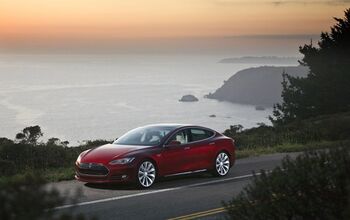


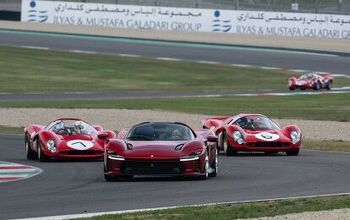
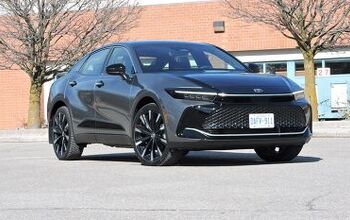
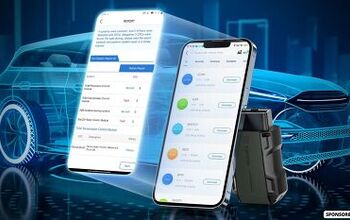



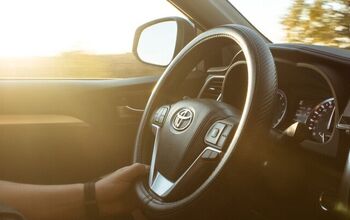


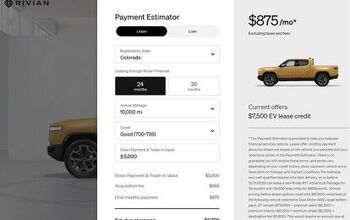


Comments
Join the conversation
I think there is a really simple way to see if this is fair and unbiased or not. Repeat it with a regular gas car. Take the google maps range, divide by the manufacturers claimedMPGfigure, and put exactly that amount of gas into the tank, take a detour, drive around in circles for a while, and see if you can make it. If you do actually make it, then the next day put in half what the calculation says youll need. If you end up having to call for a tow, then publish a story about how gas cars are not ready for the average joe.
It's undisputed that Top Gear faked the "break down" segment of that show. The data also seems to show that this NY Times guy took some liberties with the truth to make the S look bad. Sorry state of journalism!